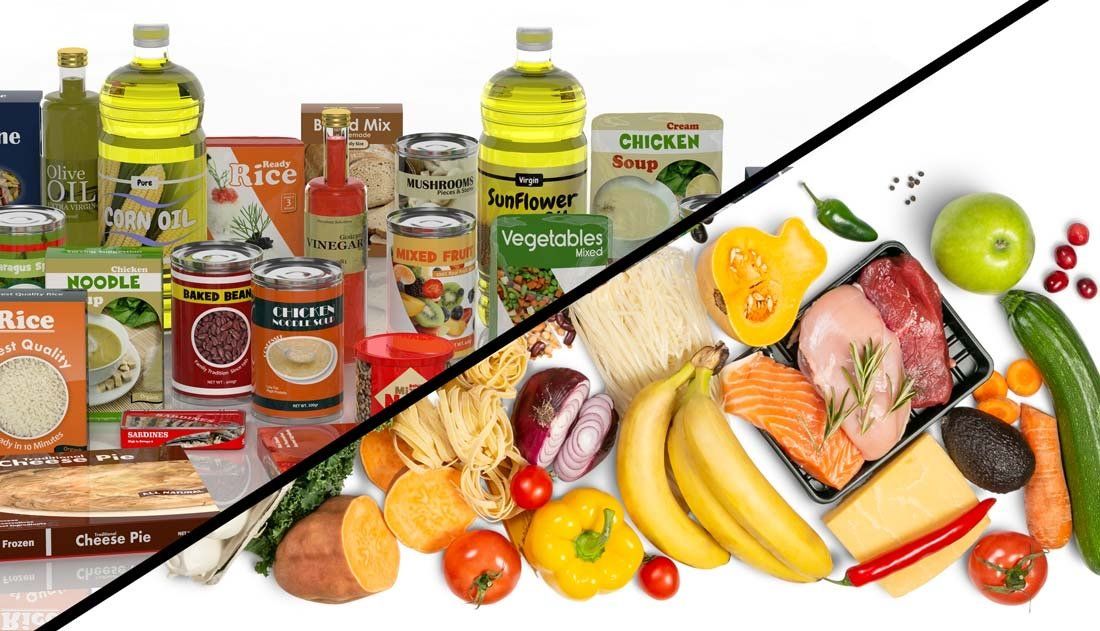Your Guide to Healthy Eating
Thanks to lots of very clever marketing, it’s very easy to confuse unhealthy items as being good-for-you, or better-for-you. The good news is that healthy eating doesn’t have to be difficult. Use my guide to healthy eating as a starting point, and let me know how you do!
What not to eat (and drink)
I suggest eliminating, or at least minimizing, your consumption of the following:
- Sugar
- refined sugar is addictive and can contribute to other problems like obesity and diabetes. It hides in places we don’t expect it to, so make sure to read food labels. Anything that ends with ‘ose’ is just another way of saying sugar. Corn syrup, cane syrup, fruit juice, fruit juice concentrate, and rice syrup are just a few of the many other names for sugar. Natural sugars like maple syrup and raw honey are much better choices.
- Highly processed foods
- if you can’t pronounce something on the nutrition label, that’s your clue to put it down. Same goes for foods that have a long list of ingredients.
- Seed and vegetable oils
- these include things like soybean and corn oil. They are processed fats, which can be harmful. Cook with extra virgin olive oil, coconut oil, or avocado oil instead. Butter (not margarine) is another good choice. Keep in mind these are all still high in fat, so don’t be heavy handed with them.
- “Low fat” products
- diet and low fat foods aren’t healthy at all. They’re overly processed and packed with artificial sweeteners.
- Soda - soda is filled with all sorts of refined sugars and chemicals. If you crave carbonation, try some seltzer. Toss a few berries in your glass for flavor if you wish.
What to eat
Your food should not be shelf stable. Healthy fats like raw nuts, nut butters, and good-for-you oils are household staples that you’ll find in the aisles. Quinoa, whole wheat pasta and bread, and legumes round out the list of non-refrigerated items that belong in your cart. Most healthy food can be found on the perimeter of the supermarket. So plan on spending most of your time there.
- Meat and fish
- lean cuts of beef, pork, and chicken are all good choices. Go for organic and grass-fed when possible. Fish and shellfish are also very healthy.
- Vegetables
- nobody ever gained too much weight from eating vegetables that are prepared properly or eaten raw. Try to focus on the leafy green ones. Root vegetables like squash and sweet potatoes are excellent carbohydrate choices. Reach for fresh as much as possible. Frozen is okay as a second choice, but avoid canned.
- Fruits
- like vegetables, fruit is high in fiber, vitamins, and minerals. The ones that are higher in natural sugars, like mangos, pineapples, and grapes can satisfy your sweet tooth. The ones I prefer to focus on are berries, apples, oranges, and avocados.
- Nuts and seeds - Although fat doesn’t make you fat, healthy but higher fat items like walnuts, cashews, almonds, sunflower seeds, etc. should still be consumed in moderation. A small handful is plenty.



